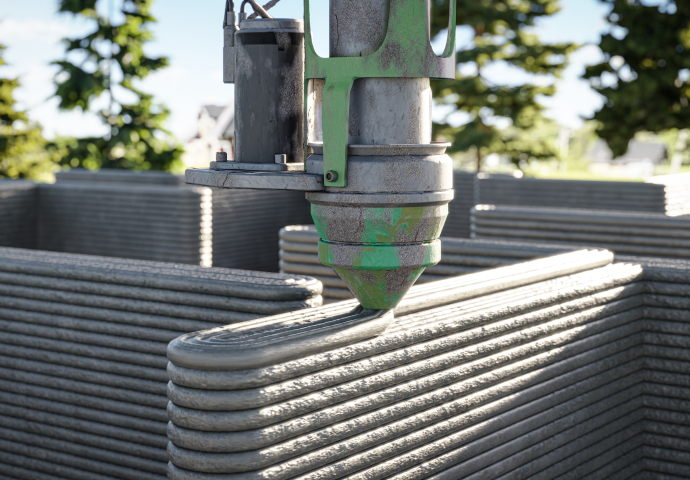The Information Age, also known as the Computer Age, is closely intertwined with the emergence of personal computers. For insights into the history of Structural Engineering before the Information Age, explore the following:
Interesting History of Structural Engineering 1 - BC
Interesting History of Structural Engineering 2 - The Scientific Revolution
Interesting History of Structural Engineering 3 - 19th Century
Interesting History of Structural Engineering 4 - 20th Century
History of Structural Engineering Timeline
 History of Structural Engineering Timeline
History of Structural Engineering Timeline
5. Information Age
1982 AutoCAD | Autodesk
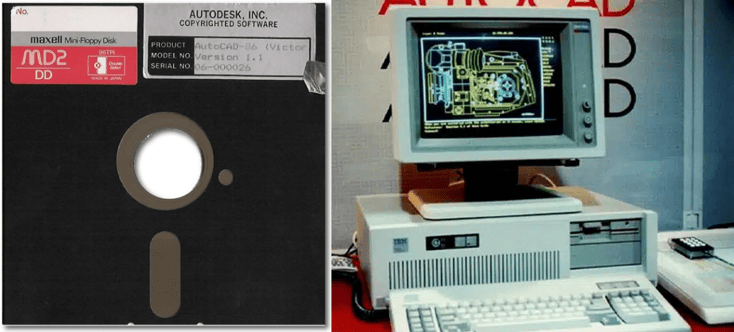 AutoCAD was sold on floppy disks
AutoCAD was sold on floppy disks
Autodesk introduced AutoCAD, which remains one of the most widely used CAD (Computer-Aided Design) programs used by structural engineers today.
Before the emergence of AutoCAD and other drafting software, engineering drawings were crafted on large sheets of paper using drawing boards. Many types of equipment were required to complete a given drawing, such as drawing board, different grade pencils, erasers, rulers, and more.
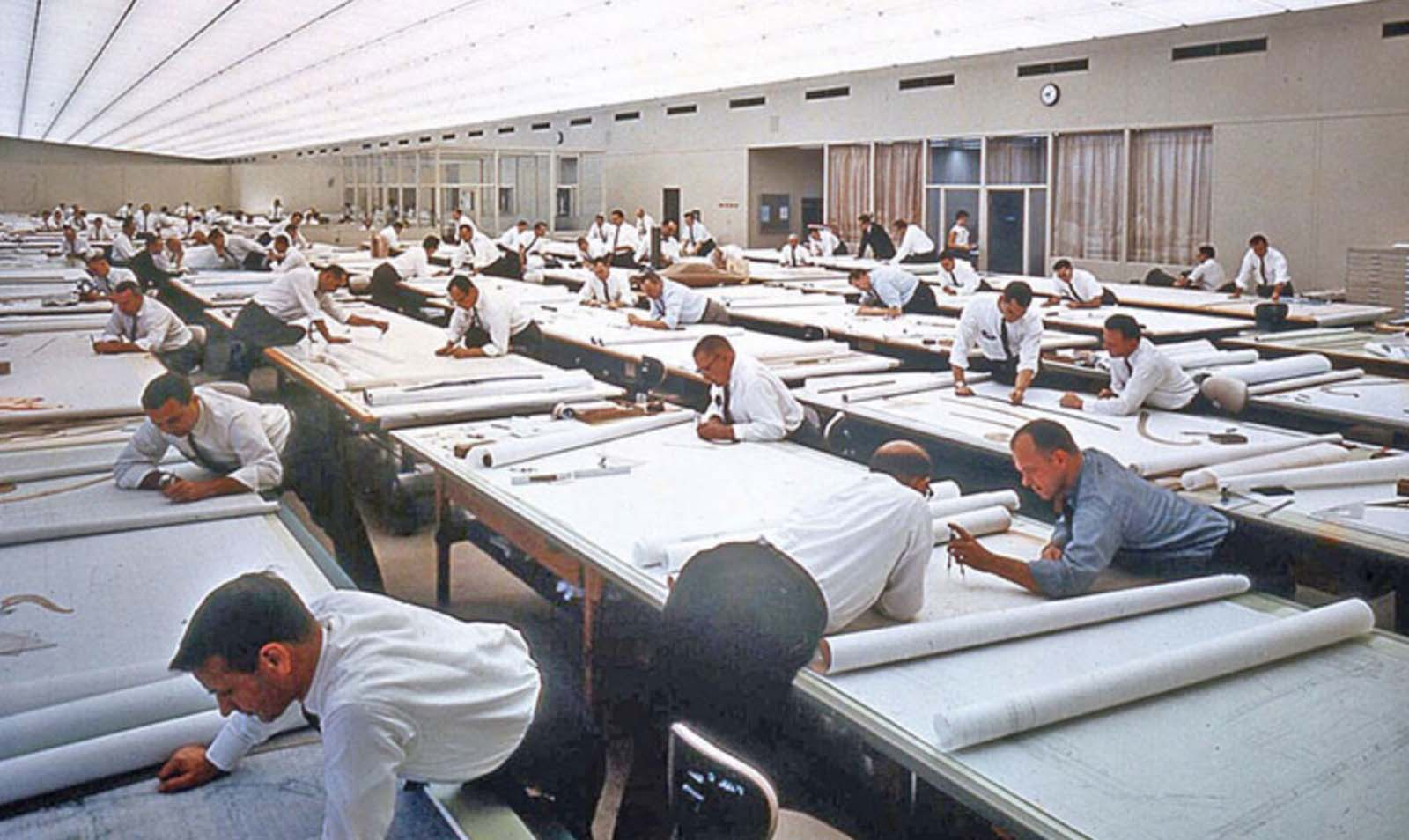 Urban designers before AutoCAD
Urban designers before AutoCAD
The major disadvantage of a paper-based design was that while modifications were possible, they were not easy. Typically, in many cases a small change involved multiple interconnected editing tasks. If a design needed to be altered (which could still happen today), it would have required redrawing everything by hand from scratch.
Of course, the release of AutoCAD in 1982 did not immediately replace all drawing tasks. Since computer began to become popular, design using computers and software has also become popular. CAD revolutionized the working methods of countless engineers, making it essential for most careers in civil engineering.
1990s Civil Engineering Solution
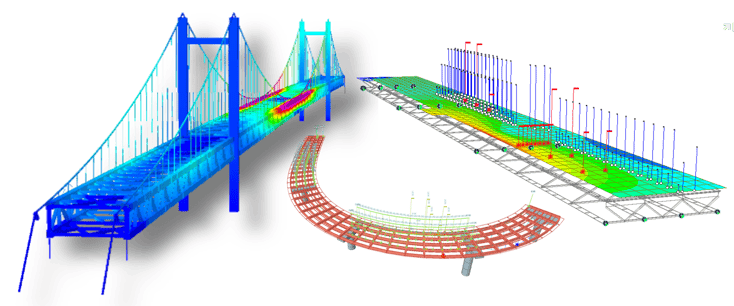 Civil Engineering softwares (source: midas Civil)
Civil Engineering softwares (source: midas Civil)
Since the advent of AutoCAD, a wide variety of Civil engineering softwares have emerged. Civil engineering software refers to the range of tools designed to aid civil engineers throughout the design and construction processes. There are software programs for every project stage, from drafting and documentation to design, visualization, and analysis. Bentley Systems' MicroStation program, which enables both 2D and 3D modeling, and structural analysis and design software like midas Civil are the examples.
2002 BIM (Building Information Modeling)
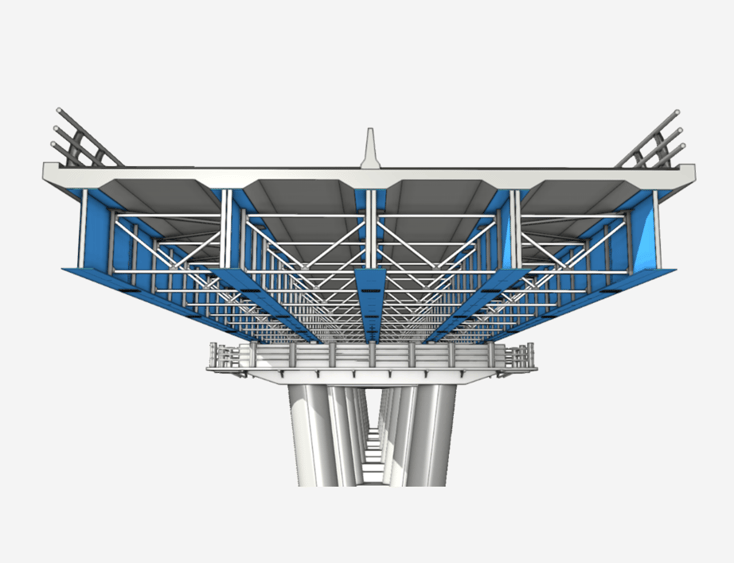 Building Information Modeling
Building Information Modeling
The terms 'Building Information Modeling,' including the acronym 'BIM,' were popularized after Autodesk released a White Paper entitled 'Building Information Modeling.'
Sometimes people confuse 3D modeling and BIM, but not all 3D building models are BIM. For example, even if a model has visual 3D data, if it lacks object properties or if dimensions can be changed in one view but not automatically reflected in others, it cannot be considered BIM. In such cases, essential data for construction, manufacturing, and procurement support is missing.
Today, structural engineers use 'BIM' software like Autodesk's Revit and midas CIM to improve structural documentation, minimize data inaccuracies, and coordinate various building models across multiple engineering disciplines, with the goal of achieving better design outcomes.
Conclusion
Bold attempts and advances continue to be made in civil engineering industries, such as design automation using AI, making it one of the hottest topics today. Utilizing 3D printing in construction is already being implemented on-site. 3D-printed buildings have already been built in 2015 (see this link if you are interested in 3D-printed buildings: 3D Printer builds House)
All these significant historical milestones have played a crucial role in propelling the progress of structural engineering. As this field advances, people can expect to benefit from structures with enhanced efficiency and safety surpassing that of contemporary buildings.
What is important is that no matter what structure is built, no matter how many modern structural analysis softwares are helping structural engineers with their excellent accuracy, structural engineers are responsible for the safety of the structures.
Structural collapse accidents continue to occur even in this era of technological advancement. Maintaining the constant values of safety and sustainability in changing environments is what structural engineers should do in the future.
References
1982 AutoCAD
autodesk.blogs.com - AutoCAD-86 version 1.1 original floppy disk (by Shaan Hurley)
Rare Historical Photos - Life before the invention of AutoCAD
Topics
#StructuralEngineering
#CivilEngineering
#Infrastructure
#Getmotivated
/Jegeon%20240_240.png)
Hello, I am Jegeon Ryu, a Project Manager responsible for developing MOTIVE for engineers dedicated to creating a safer and better world. During my two years of military service, I learned that creating a safer world is achievable through the sharing of technology and motivating each other. My goal is to contribute to the happiness of the world by creating a global platform that facilitates mutual knowledge sharing and growth.
Profile: Jegeon Ryu
※ Click on the keywords below 'Topics' to view related content.

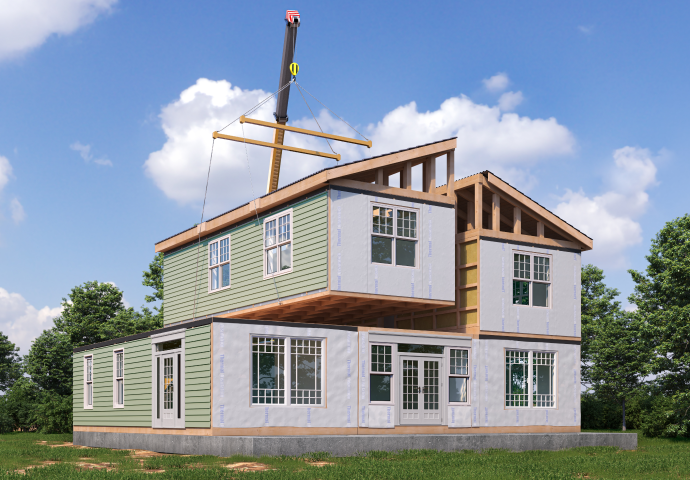
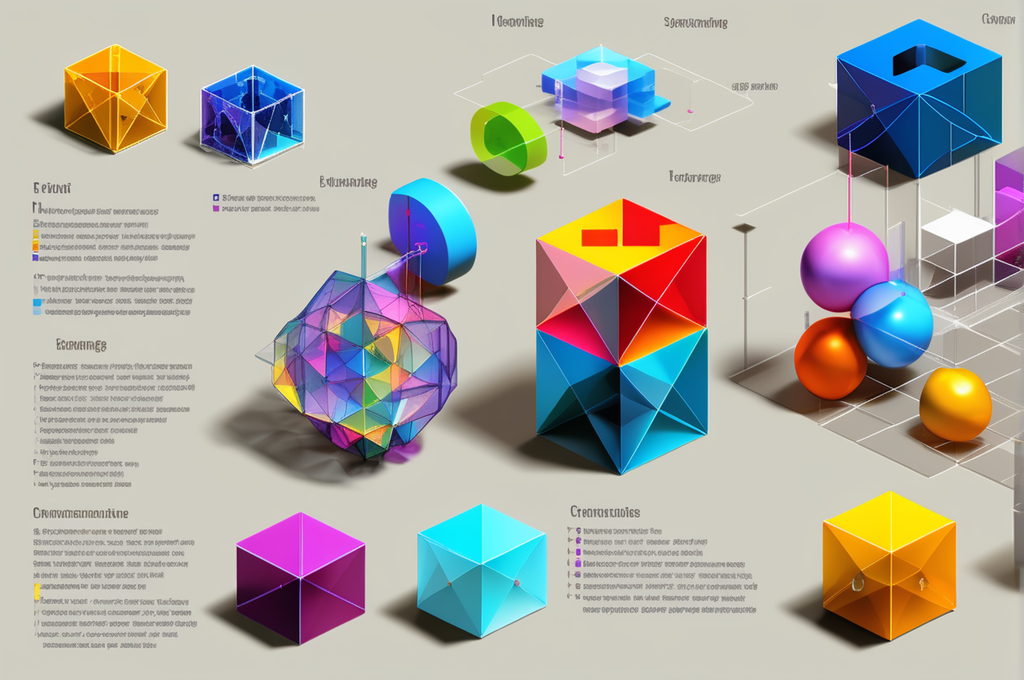

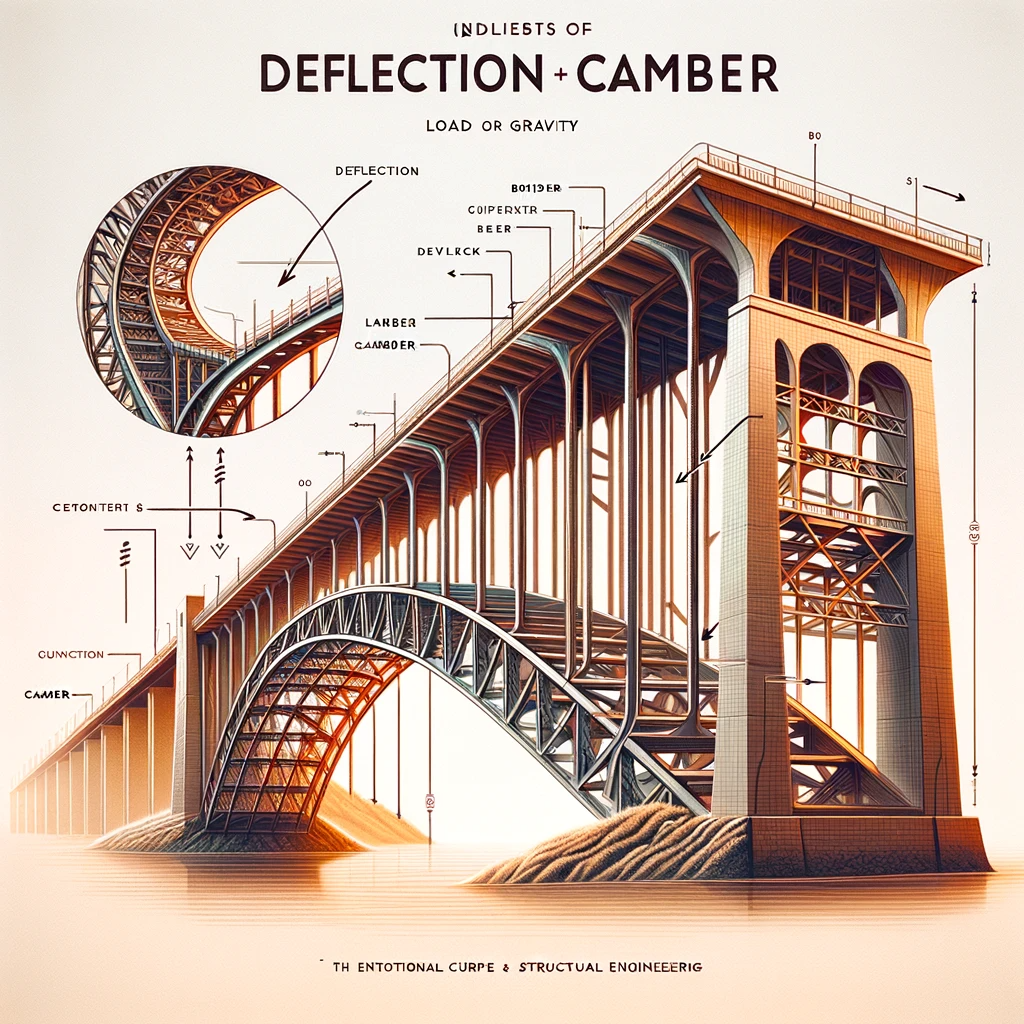


/%EC%A0%84%EA%B7%9C%EC%8B%9D.jpg)


